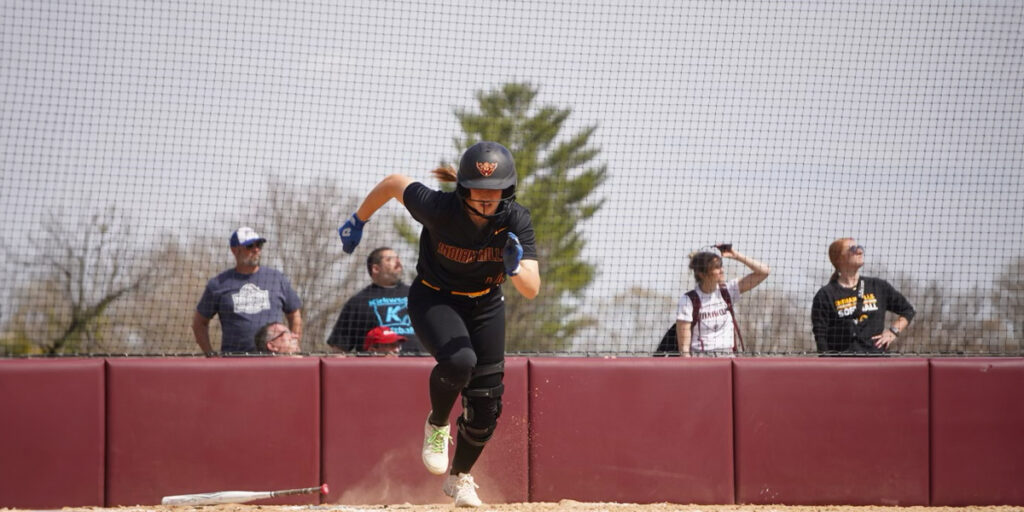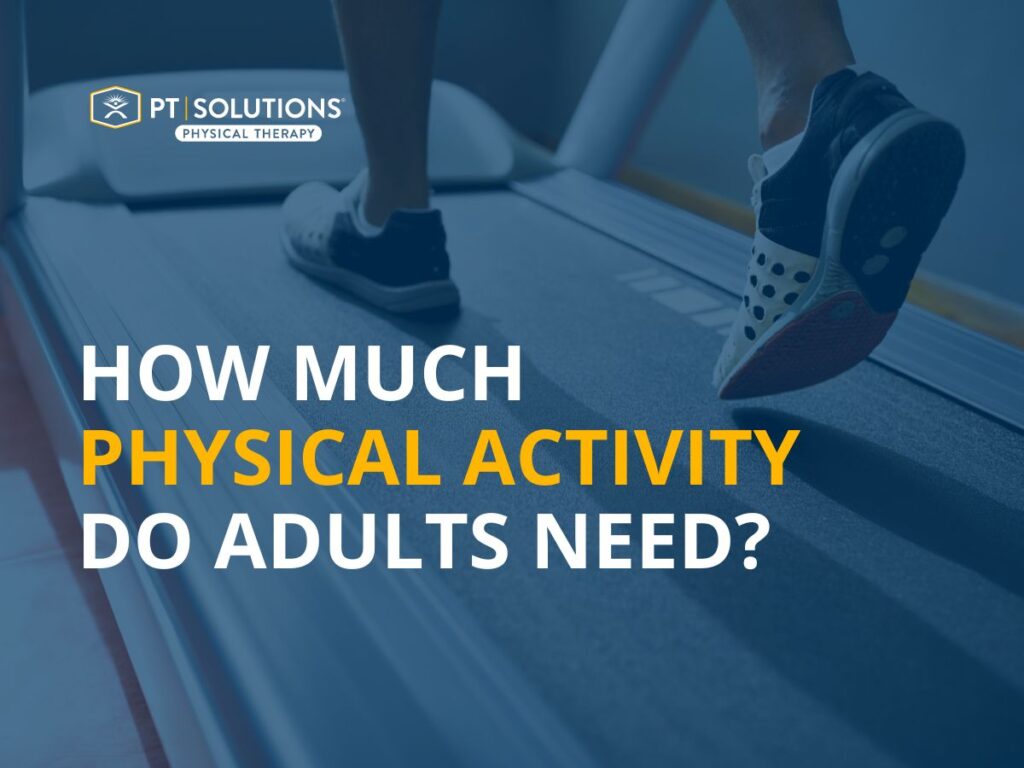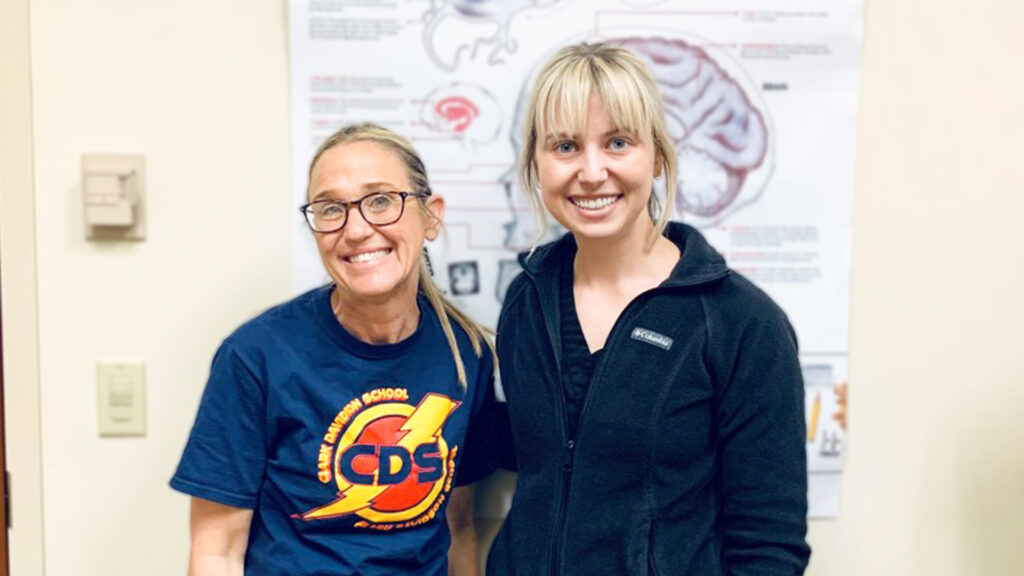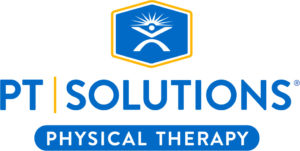PT Solutions
How Can Physical Therapy Help Treat Arthritis?
May 19, 2016
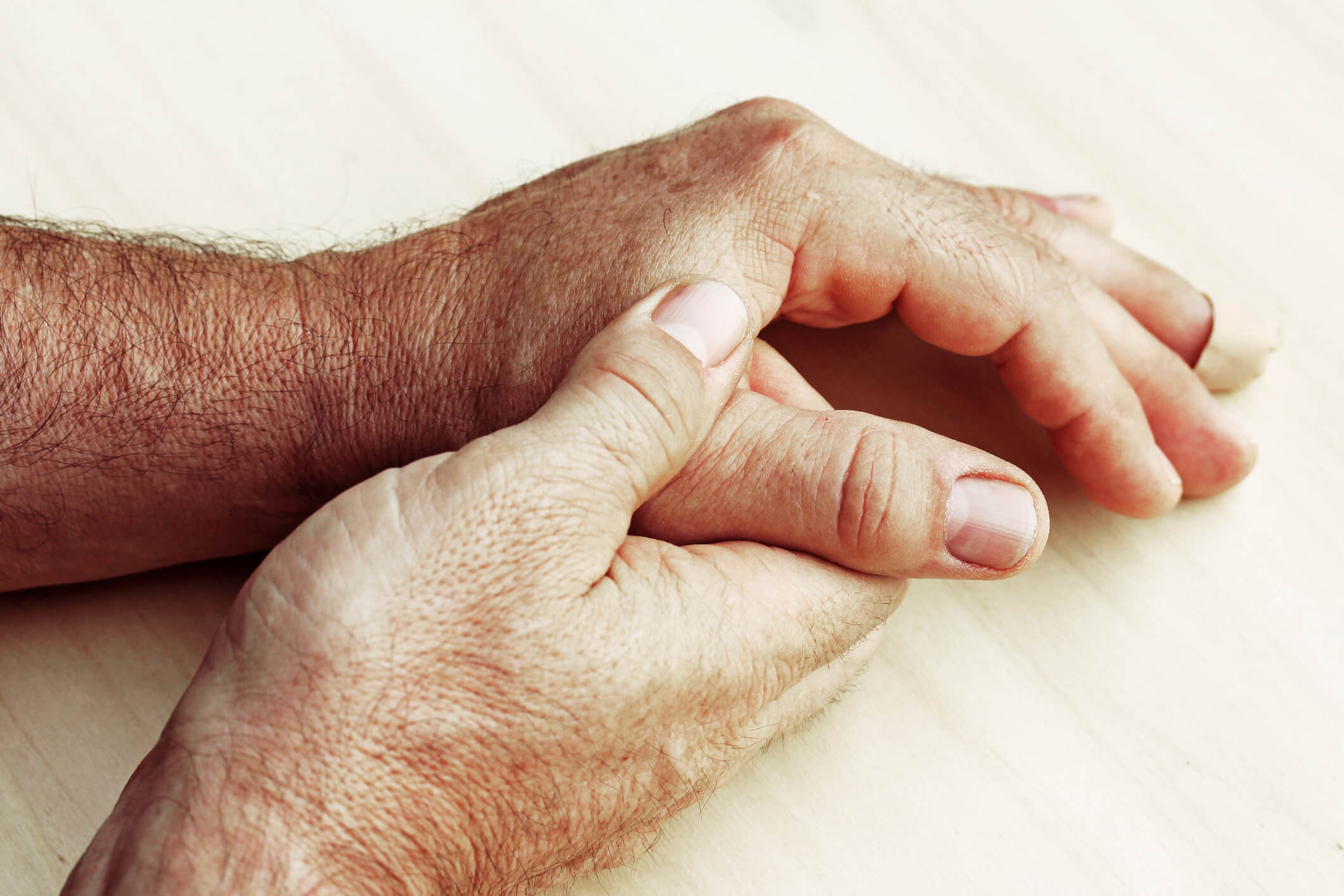
The pain and stiffness of arthritis can be miserable for those that suffer from it and currently there is no cure for it. Fortunately, the lack of a cure does not mean that there is no solution for arthritis sufferers. There may be as many as 100 different reasons that arthritis symptoms appear so proper treatment must start with a proper diagnosis. A physician will often prescribe medications for arthritis symptoms that only offer short-term relief. For long-term relief, patients are increasingly starting to rely on physical therapy.
The Types of Arthritis
Osteoarthritis is the most common type of arthritis. It is characterized by the breakdown of cartilage around the joints. This can develop from overuse, poor mechanics during activity, or injury. The primary rolls of cartilage are to lubricate joints and distribute forces. Without enough cartilage to carry out these roles, bones rub together creating pain. In severe cases, bone fragments can chip off and bone spurs can develop contributing to even more pain. The most common areas for osteoarthritis are the hands, hips, knees, and spine. Osteoarthritis sufferers often notice a decrease in flexibility, uncomfortable grinding sensation of bones rubbing together, unusual stiffness, and tenderness.
Rheumatoid Arthritis is an autoimmune disease (meaning the body attacks itself) in which the linings of the joint (synovial membrane) become inflamed. This inflammation is not only painful but can lead deformities in the joints and even bone loss. Common characteristics of rheumatoid arthritis are swelling, tenderness, stiffness, and warmth of joint. Pain often worsens after rest. It generally impacts the hands, wrists, and feet. If untreated, it may progress to other areas of the body including the hips, knees, and shoulder area. The most common symptoms of rheumatoid arthritis are chronic exhaustion, continual fever, decreased appetite, and weight loss. Pain is often sporadic, occurring in flares. While the primary treatment is pharmacological intervention, physical therapy can help.
What Does a Physical Therapist Do?
Exercise: A tailored therapeutic exercise program can assist with strength and mobility. Research repeatedly shows improvements in short- and long-term pain and function with specific, high-intensity exercise. Weight-bearing activity and strengthening can improve joint lubrication resulting in reduction of pain. Your physical therapist will design a program addressing all areas of the body affecting your pain. If you suffer from knee pain, an exercise plan will address impairments at the ankle, hip, and low back which all contribute to proper knee mechanics and control. Exercise also focuses on proper mechanics and control during functional movements such as squatting, lifting, and carrying objects with minimal to no pain or difficulty.
Manual therapy: PT Solutions’ physical therapists train in various manual therapy techniques that are utilized to decrease your pain and increase your mobility. Research states that joint and soft tissue mobilization are beneficial for patients suffering from arthritis.
Looking for relief from joint pain and stiffness? Our physical therapies can help. We use research-driven treatments to help you get fast relief, and to help you get your life back. Request an appointment today or visit any PT Solutions clinic near you!

